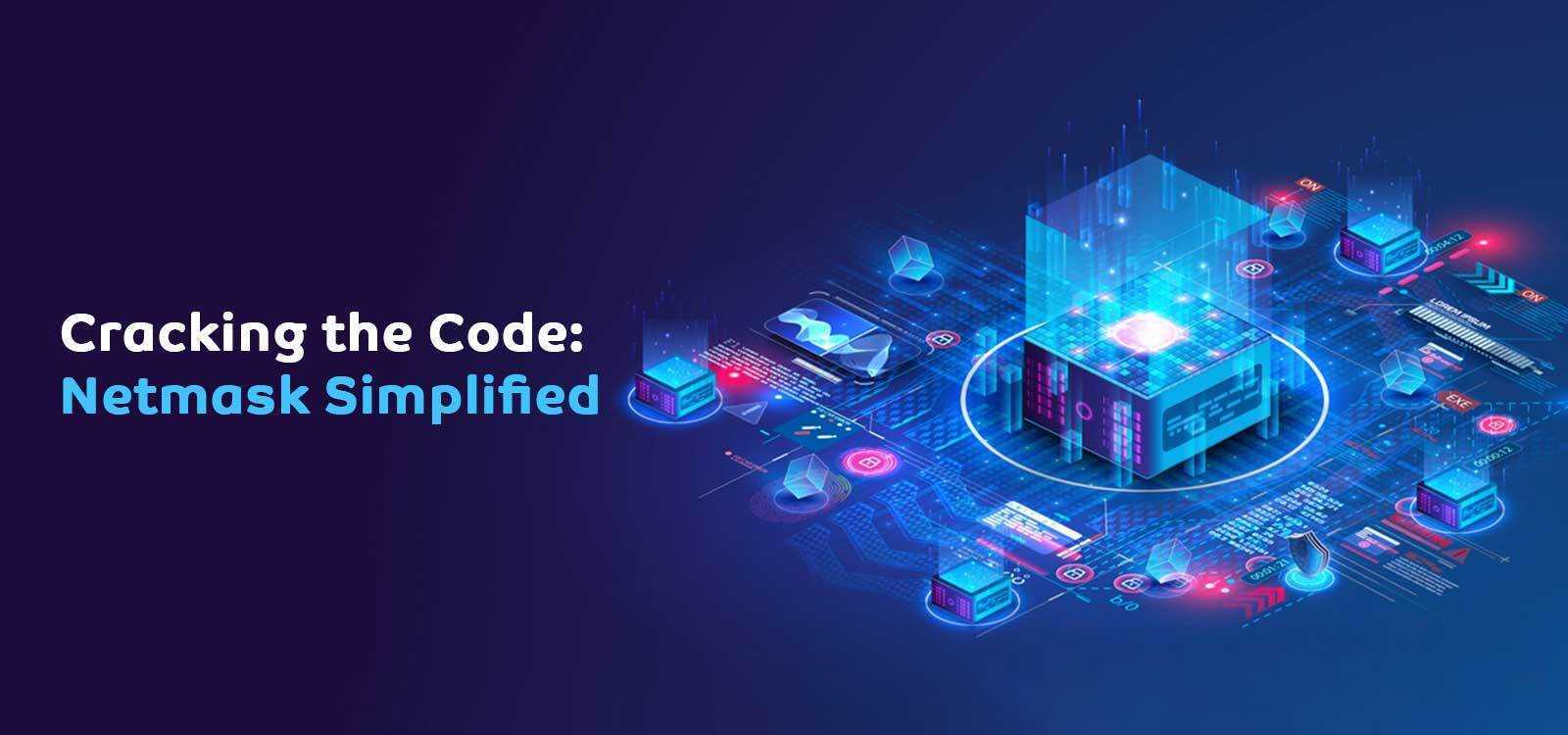
Unlock the secrets of netmasks and subnetting with our comprehensive guide. Explore advanced techniques and practical applications for a confident journey in the world of networking.

In the fast-paced world of technology and networking, the term ‘Netmask’ often appears as an enigmatic code that leaves many scratching their heads. But fear not, for we are here to simplify and demystify the concept of Netmask.
In this comprehensive guide, we will delve deep into the intricacies of Netmask, unraveling its complexities, and equipping you with the knowledge to master it with ease.
Understanding the Basics
To crack the Netmask code, it’s essential to start at the very beginning. Netmask is a fundamental component of IP (Internet Protocol) addressing. It plays a crucial role in defining the boundaries of a network and separating network and host portions of an IP address.
Why Is Netmask Important?
The Netmask is vital for routing and subnetting within IP networks. It acts as a filter that helps routers determine whether an IP address belongs to the local network or needs to be forwarded to another network. To understand this concept more clearly, let’s break down the components of an IP address.
An IP address is typically written as four numbers separated by dots, such as 192.168.1.1. Each of these numbers represents an octet, with each octet containing 8 bits. When combined, these 32 bits form the IP address. The Netmask, also represented in the same format, helps to divide these bits into network and host portions.
Netmask Notation
Netmasks are often written using a notation that employs a combination of ones and zeros. The ones represent the network portion of the address, and the zeros represent the host portion. This notation, known as CIDR (Classless Inter-Domain Routing), is expressed as a forward slash followed by a number (e.g., /24). The number specifies the number of bits in the network portion.
Subnetting and Its Role
Subnetting is the process of dividing a large IP network into smaller, more manageable subnetworks. This is where Netmask comes into play. By adjusting the Netmask, you can determine the size of the subnetworks and allocate IP addresses accordingly.
Let’s delve deeper into the specifics of Netmask:
IPv4 vs. IPv6: Netmasks are applicable to both IPv4 and IPv6 addresses, though they are more commonly associated with IPv4. IPv6 uses a different system known as CIDR, which allows for more flexible and fine-grained subnetting.
Common Netmask Values: Some common Netmask values you might come across are /8, /16, and /24. These values represent the number of network bits in the Netmask, and the larger the value, the smaller the subnet size.
Understanding Binary: To truly master Netmask, it’s essential to understand binary representation. IP addresses and Netmasks are made up of 1s and 0s in binary form. Knowing how to convert between decimal and binary is a valuable skill in networking.
Practical Applications
Now that we have a solid grasp of Netmask basics, let’s explore how this knowledge is applied in real-world scenarios.
IP Address Allocation: Netmasks are used to allocate IP addresses within a network. By adjusting the Netmask, network administrators can create subnets of different sizes to accommodate varying numbers of devices.
Routing Decisions: Routers use Netmasks to determine the best path for forwarding data. They compare the destination IP address with the Netmask to decide whether the target IP is within the local network or needs to be sent to a different network.
Security: Netmasks play a role in network security. By segmenting a network into smaller subnets, administrators can implement security measures more effectively, isolating different parts of the network to minimize the impact of security breaches.
Mastering Netmask
To truly master Netmask, it’s crucial to practice and understand how different Netmask values impact IP addressing and network segmentation. Here are a few key takeaways to help you on your journey:
- Experiment with different Netmask values to create subnets of varying sizes. This hands-on experience will enhance your understanding.
- Study real-world network designs and try to decipher the Netmask configuration. Many businesses and organizations share their network designs online, offering valuable insights.
- Keep up with the latest developments in networking and IP addressing. As technology evolves, so do the best practices for Netmask usage.
In Conclusion
Cracking the Netmask code is an essential skill for anyone in the world of networking and IT. It empowers you to design efficient networks, make informed routing decisions, and enhance network security. By understanding Netmask, you’ll be better equipped to navigate the complex world of IP addressing and subnetting.
So, whether you’re a seasoned network administrator or someone just starting in the field, mastering Netmask is a valuable asset on your journey to becoming a networking expert. It’s a key that unlocks the doors to more efficient, secure, and well-designed networks.